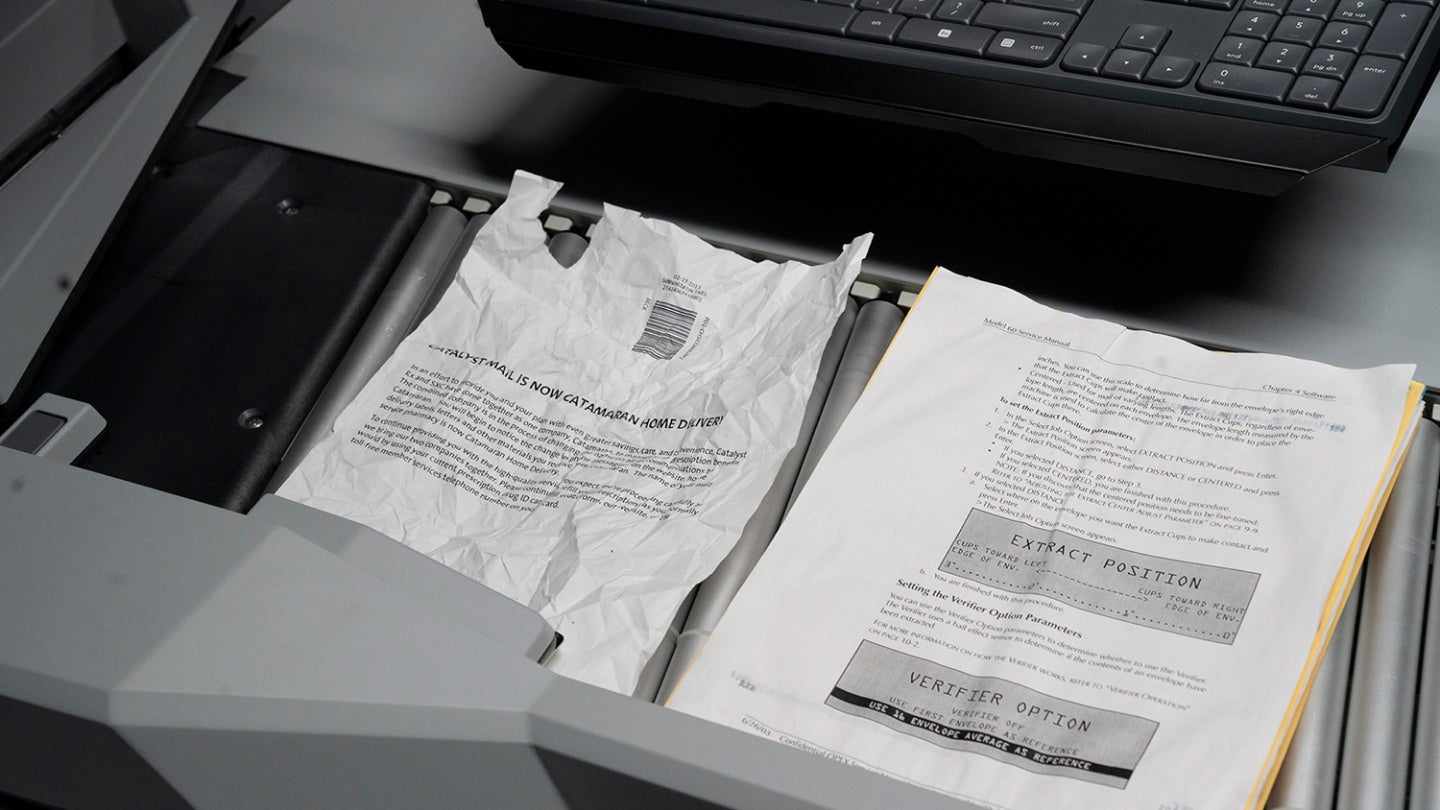Solution
Archive Scanning
Are you holding onto physical archives that lead to inefficiencies and higher costs?
Storing physical archives is costly and inefficient for businesses. However, digitizing archives solves this problem by reducing costs, improving searchability, and eliminating the need for physical storage space. Archive scanning provides a cost-effective and secure way to manage records, helping businesses stay competitive and adaptable.
We know that managing large volumes of documents can be a challenge. Our scanners are quick, efficient, and can handle all sorts of document sizes and types, even those that are fragile. With advanced media detection and CertainScan® software integration, your documents are accurately processed, organized, and easily retrieved. So, if you're dealing with extensive or diverse document archives, our scanners help you focus on more important tasks.
Improve your records management by digitizing your archives. Creating digital copies of archives helps prepare for unexpected disasters and degraded records that could cause the loss of valuable information. OPEX scanners secure records, archives, and historical documents, helping guard against costly data breaches. Powered by CertainScan software, our scanners have the ability to provide audit trails with recorded operator interactions to help maintain transparency, thus allowing you to take complete control over your data management system.
OPEX scanners are reliable and efficient for scanning and archiving documents. OPEX Certain Scan® software enables real-time editing, customizable file formats, and metadata creation, enhancing the scanning process and ensuring accuracy and accessibility. With OPEX, you can be confident in the quality, accuracy, and efficiency of your digital document management.
It has become increasingly difficult for document-handling operations to find, hire, train, and retain labor. Labor shortages, tight budgets, and rising costs of resources make it challenging to create high-quality digital archives within a reasonable time frame while keeping expenses under control. By reducing document prep time and allowing for real-time editing, OPEX scanning solutions minimize the need for labor-intensive tasks. This significantly reduces labor needs and allows you to focus your existing staff on more valuable tasks.
EXL Case Study
Scan2Archive Case Study
Scan2Archive Case Study
Dr. Stephenson and Partners UK Case Study
Discover OPEX’s Range of Scanning Solutions
Gemini
Gemini scanner is an ideal solution for archive scanning with Right-Speed Scanning technology, handling a wide variety of document sizes and types. It has a high scanning speed of up to 245 pages per minute and advanced media detection and sorting capabilities. Integration with CertainScan® software provides robust data security. Gemini's ergonomic design enhances user comfort, making it a cost-effective and user-friendly choice for businesses aiming to streamline document management through secure and efficient digitization.
Falcon
The Falcon+ Series scanners, specifically designed to meet FADGI 3-Star standards, are an exemplary choice for customers focusing on digitally capturing archival materials. These scanners adeptly combine the efficiency of One-Touch Scanning with the flexibility to scan a wide array of document types and sizes, catering to diverse archival needs. Users benefit from full-speed imaging, easy validation testing, and exceptional image quality, ensuring that the digitized archives meet high standards of fidelity and detail. Additionally, easy process controls enhance the user experience, making the Falcon+ Series an ultimate solution for document digitization, balancing speed, accuracy, adaptability, and security, especially in contexts where preserving the integrity of cultural heritage materials is paramount.

“We digitize everything.
We have the widest capability to scan in Australia.”
Simon Harris
Managing Director, Scan2Archive
Other Resources You May Find Helpful
Case Study
Scan2Archive Positioned To Embrace A Digital Future With The Solution From OPEX® And Smartech
Case Study
The American Samoa DOE Streamlines the Digital Records Management Process
Case Study
Enhancing the Digitization Process at Iron Mountain Government Solutions
Video
OPEX® Falcon+® RED One-touch Scanning
NEXT LEVEL AUTOMATION
Unlock Operational Efficiency with OPEX
OPEX is powering the future of automation. Contact us to learn more about how our vertically integrated automated solutions can help take your business to new heights.